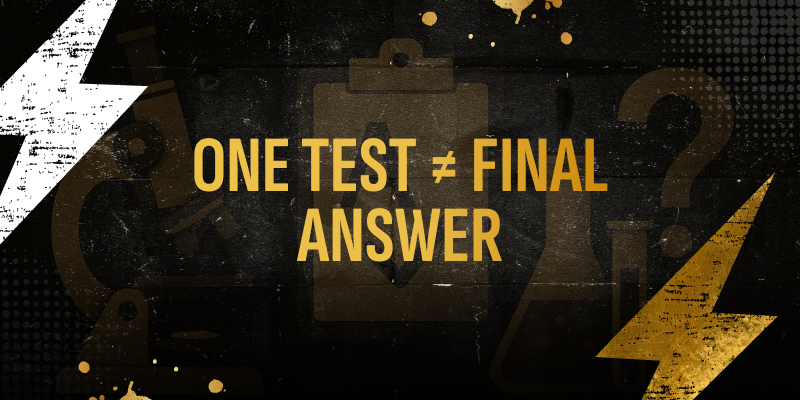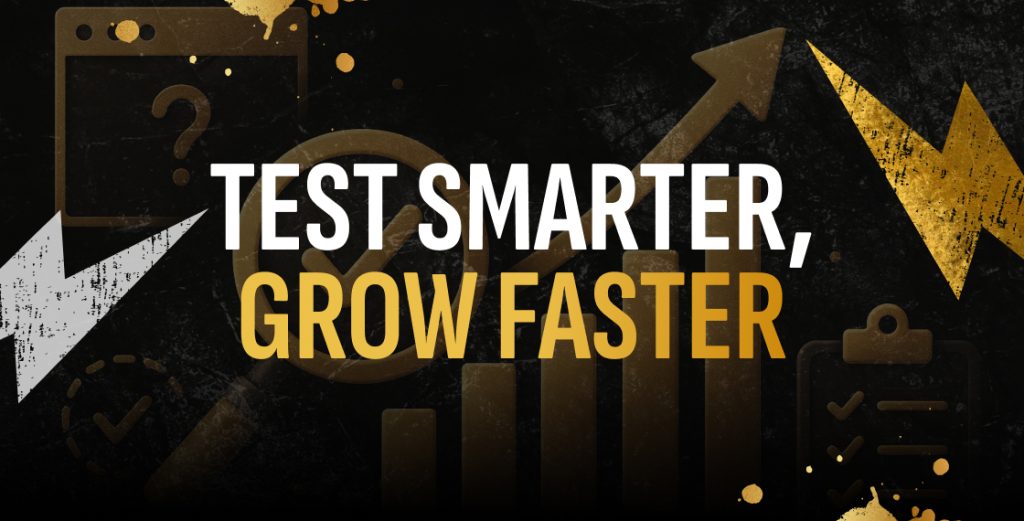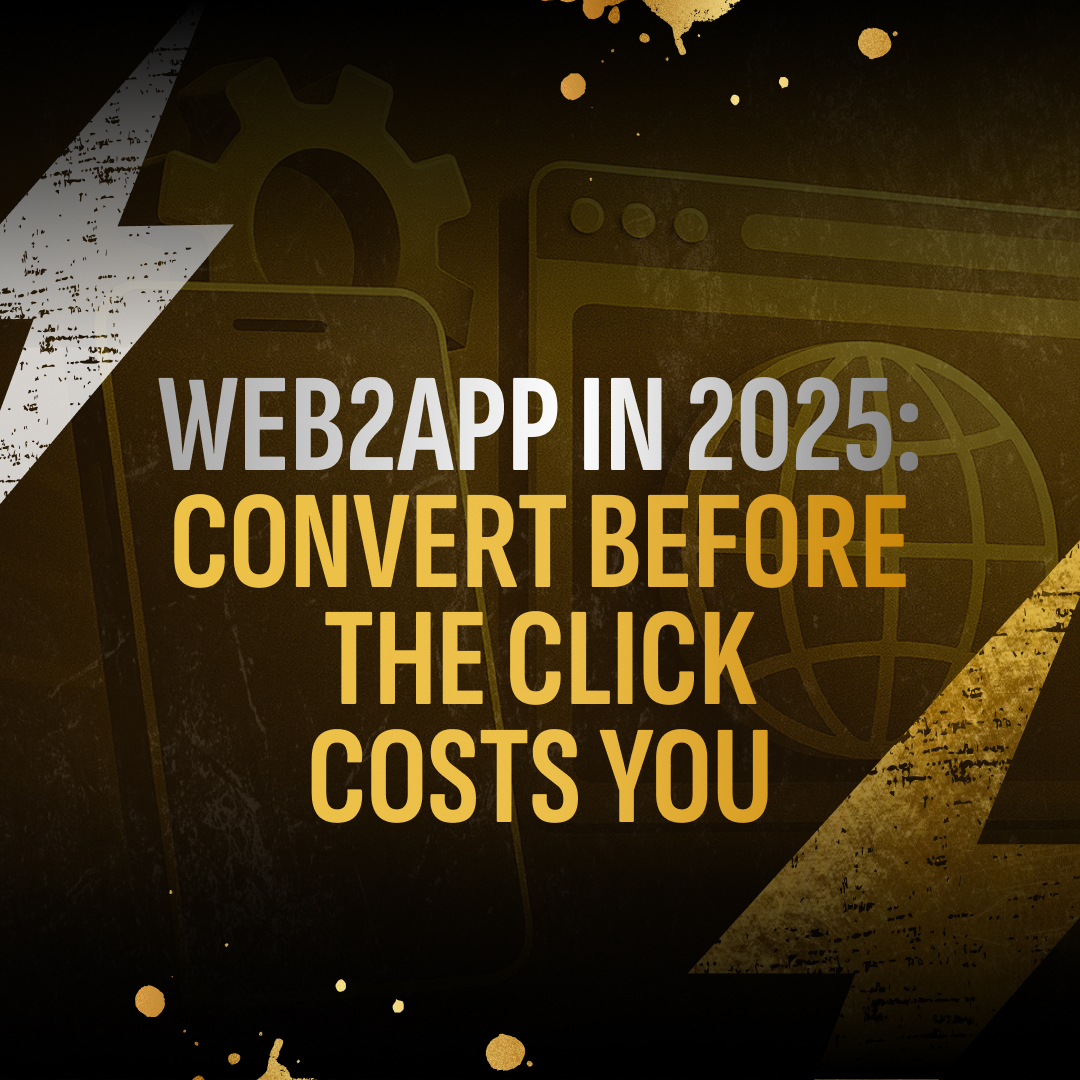At RockApp, we test fast, test often, and test with purpose. Every week, we run dozens of A/B tests across mobile ad creatives for iGaming brands worldwide. Over time, we’ve seen which testing mistakes slow teams down and which upgrades drive scalable results. In this article, we break down five common testing pitfalls and how we avoid them in our process.
1. Testing Without a Clear Hypothesis

Every test starts with one question: what are we trying to prove?
We anchor every creative A/B test to a single hypothesis, whether it's “a static version performs better in Tier 1” or “bonus-first hooks drive stronger CTR in Android placements.”
This clarity helps us:
- Design more focused variants
- Measure the right impact
- Shorten the iteration cycle
Without a clear “why,” results become harder to interpret and that slows learning.
2. Using Metrics That Don’t Reflect Conversion Value

We track performance across the full funnel, not just top-level engagement.
CTR is helpful, but for true insight, we align tests with retention, CPA, and ROAS. This gives a fuller picture of what drives quality installs, not just clicks.
At RockApp, we often find that creatives with lower CTR but higher retention outperform flashier, engagement-first variants in the long run.
3. Testing Too Many Variables at Once

When testing multiple elements (visuals, hooks, offers) all in one go, results lose clarity. That’s why we isolate key changes.
One test = one main variable.
For example:
- A/B test 1: headline with FOMO vs headline with social proof
- A/B test 2: same headline, different visual rhythm
This structured approach lets us build a reliable creative playbook based on real patterns.
4. No Consistent Control Creative

A test without a stable control is like running in the dark. At RockApp, every experiment includes a current top performer as a baseline. This gives us a fixed point to compare against and ensures learnings are always grounded in context.
We update controls quarterly and localize them by region, keeping them relevant and strong.
5. Treating Test Results as Final Answers

A test doesn’t end with one round of results; it opens the door to new questions. We use early data to build follow-ups, not final calls.
That’s how we turn wins into frameworks:
- If FOMO wins → we try 3 different forms of urgency
- If 3D animation beats UGC → we explore motion pacing, duration, intro format
Each test becomes part of a larger system of creative logic, not just a one-off success.
Final Thought
Smart testing isn’t about guessing it’s about creating a feedback loop you can trust. At RockApp, we’ve built a system that lets us test with speed and clarity, iterate with purpose, and scale what works.
By avoiding these mistakes and treating testing as a structured process, we turn every A/B test into a growth asset.











